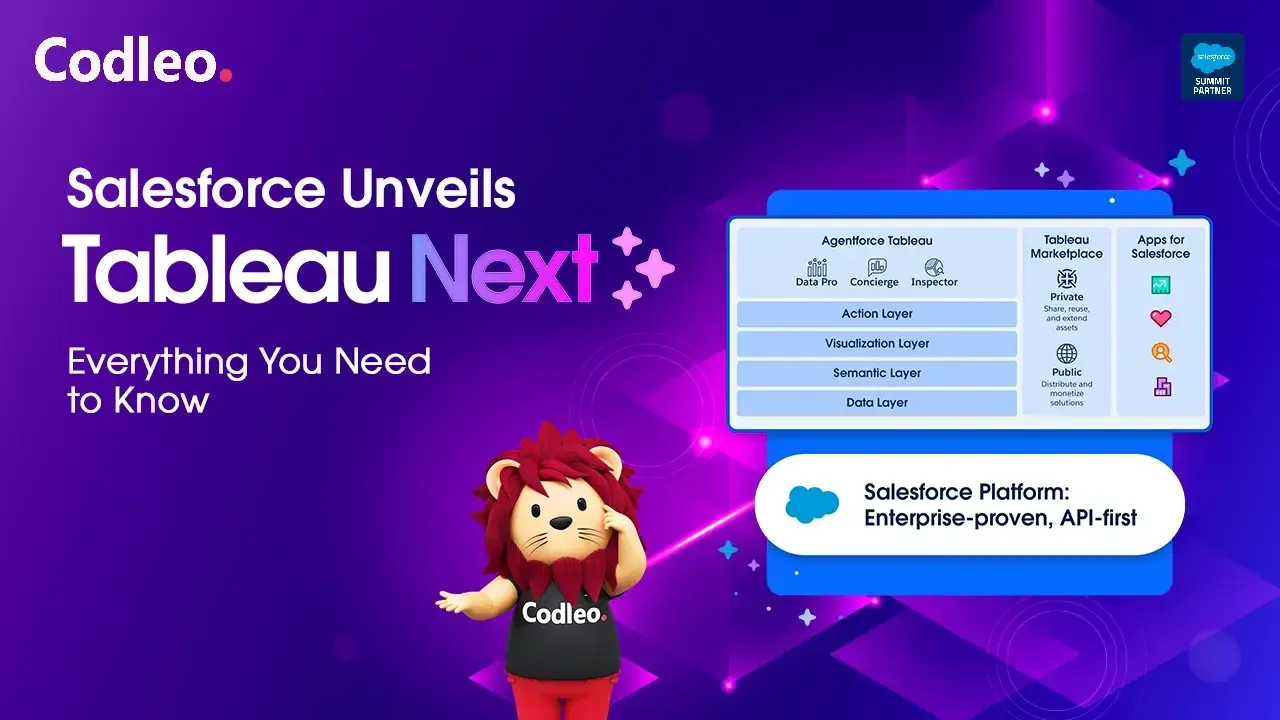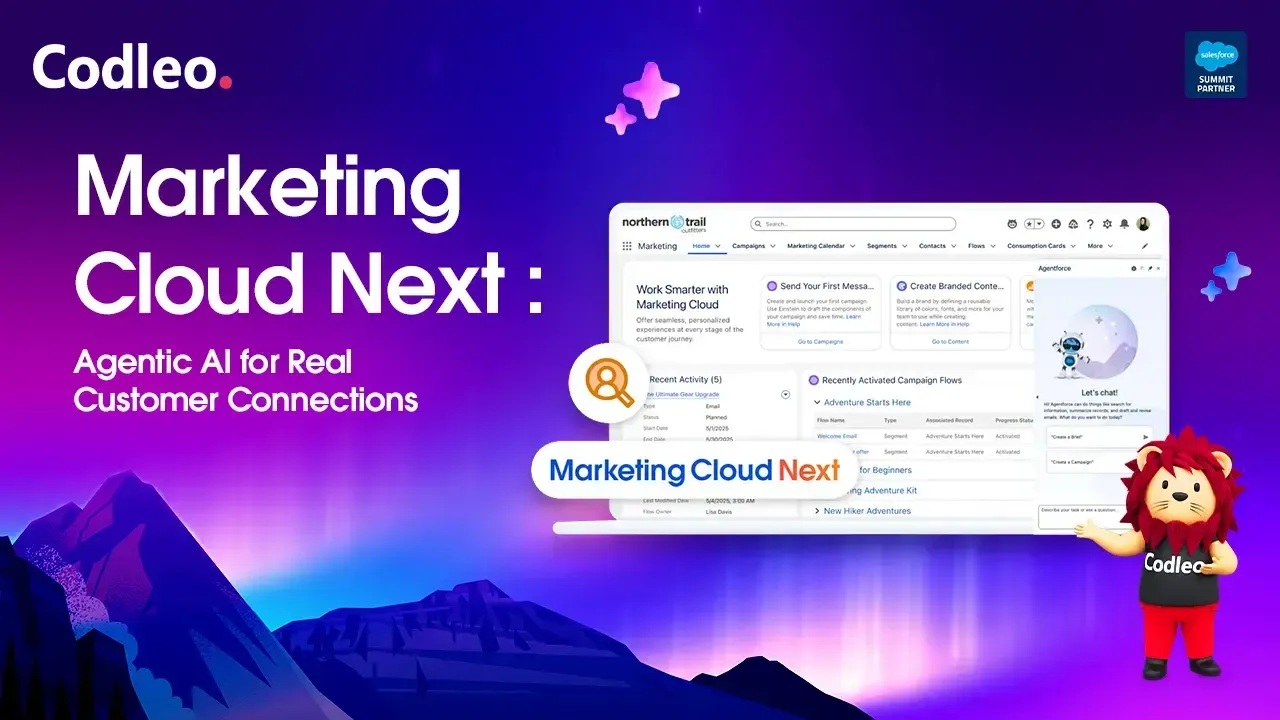Publish date:
Time is a precious resource for salespeople, who prefer focusing on relationships and closing deals. Yet, administrative work, including Salesforce data pipelines, often hinders productivity. Proper CRM and pipeline management are important for accurate sales reports and forecasts, benefiting the entire organization. Challenges like duplicate pipelines and complicated data inputs can be addressed with streamlined processes.
This blog explains the complexities of sales pipeline management and offers tips to enhance team productivity using sales pipeline management tools. To make it easy, here are tips for creating pipelines that boost team productivity. But first, let's explain what Salesforce pipeline management is and how to run a sales pipeline analysis.
What is Salesforce Pipeline Management?
Salesforce pipeline management visualizes the sales process, offering insights into opportunities, in-progress transactions, and closed deals. It helps sales teams monitor their progress and provides crucial analytics for strategic decision-making. The importance extends beyond the sales team, as other departments, such as finance and marketing, heavily rely on this information for forecasting and planning. Despite its significance, poorly managed pipelines can quickly become sources of confusion, leading to inaccurate information, missed goals, and lost customers.
Challenges in Salesforce Pipeline Management
Sales professionals often see their role as primarily transactional, focusing on delivering products efficiently to customers. However, they also possess valuable insights that benefit the entire organization.
Effective pipeline management can be hindered by several challenges:
-
Duplicate Pipelines: Without a standardized process, teams may end up using different pipelines. This can lead to data loss, confusion, and frustration among employees.
-
Data Handling Issues: Moving information from one tool to another can result in data loss or unintended changes, affecting the accuracy of sales data.
-
Complex Processes: Complicated pipeline management processes can create resistance among sales professionals, making it hard for them to quickly input new data.
-
Inaccessible Information: When notes or information are stored outside the centralized system like Salesforce, it can delay processes. Team members cannot access critical data without the original contributor.
To address these challenges, it's crucial to implement a solution that is simple, standardized, and encourages team collaboration.
8 Steps to Better Manage Your Salesforce Pipeline
1. Evaluate Your Existing Pipeline
Start by thoroughly assessing your current Salesforce pipeline. Determine whether a standardized process is in place and if the pipeline functions optimally. It should offer a clear, comprehensive view of performance, track key sales KPIs, and maintain accurate, up-to-date information.
2. Collaborate with Your Sales Team
Engage directly with your sales team to gather insights on improving the pipeline. Conduct interviews and brainstorming sessions to understand their challenges and opportunities. Ask questions like:
-
What aspects of the current pipeline work well?
-
Where can we improve the pipeline?
-
What are the main challenges you face with the pipeline?
-
What frustrations do you encounter in the current pipeline?
-
What parts of the pipeline are intuitive and easy to use?
Your Salesforce pipeline should meet the needs of your sales team for efficient management.
3. Consult with Key Departments
Involve other departments, such as finance, marketing, and HR, in the pipeline enhancement process. These departments rely on sales data for planning and forecasting. Ask their leaders:
-
What critical information do you need from our Salesforce pipelines?
-
What important data is currently missing?
-
What additional data would you like to see in future iterations?
-
While their input is valuable, prioritize addressing the sales team’s needs.
4. Identify Weaknesses in Your Process
Conduct audits and interviews to uncover inefficiencies in your sales process. Identify gaps where sales professionals struggle or customers disengage. Determine what’s missing in these areas and what can enhance the entire process, such as additional content, training, or support. Addressing these gaps early facilitates smoother pipeline management.
5. Personalize Your Pipeline Views
Recognize that different team members have varied work styles. Choose a tool that allows for customizable pipeline views. This ensures each team member can interact with the pipeline in a way that suits them best. Tools like Weflow offer custom filters, layouts, and priorities, enabling quick access to essential information.
6. Streamlined Data Entry
Simplify the data entry process to ensure timely updates. Sales professionals often delay data entry due to its tedious nature. Platforms like Weflow allow for easy pipeline editing with 1-click in-line updates and bulk editing features, making the process faster and more efficient.
7. Centralize Notes and Customer Information
Ensure that all notes and customer information are stored within the pipeline to maintain a comprehensive view. Centralizing this data prevents loss and ensures that the entire team has access to crucial details. Weflow, for example, integrates tasks, notes, and activities within the pipeline.
8. Enhance Salesforce Experience with Chrome Extensions
Leverage Chrome extensions to improve your Salesforce experience. These tools can enhance communication, reduce navigation time, and boost productivity. Sales team members can select extensions that align with their preferences, customizing their Salesforce experience for maximum efficiency.
Conclusion
Effective Salesforce pipeline management is key to successful sales strategies. By implementing these 8 steps, organizations can standardize and streamline their pipeline management, boosting productivity and ensuring accurate, up-to-date information. This approach benefits both the sales team and the entire organization.
Codleo Consulting, as a Salesforce Consulting Partner, helps businesses empower their sales teams, streamline processes, and achieve transformative results in productivity and success.















